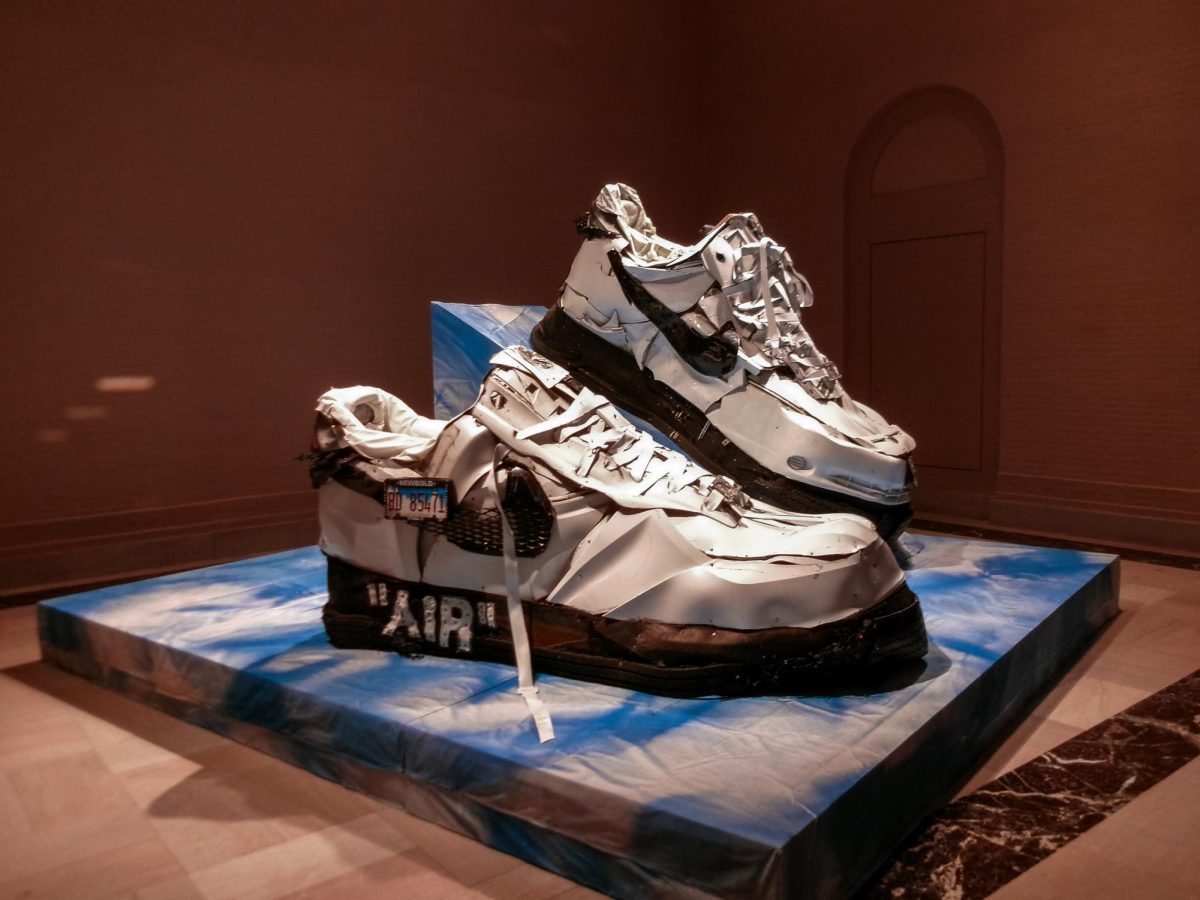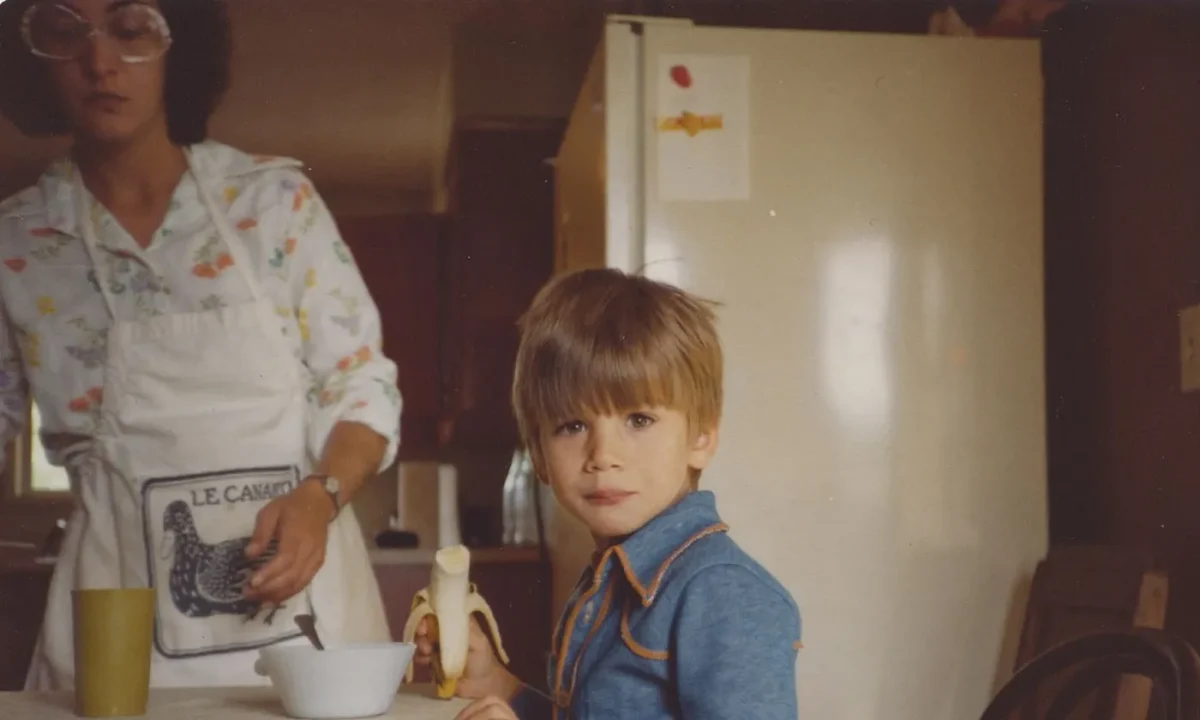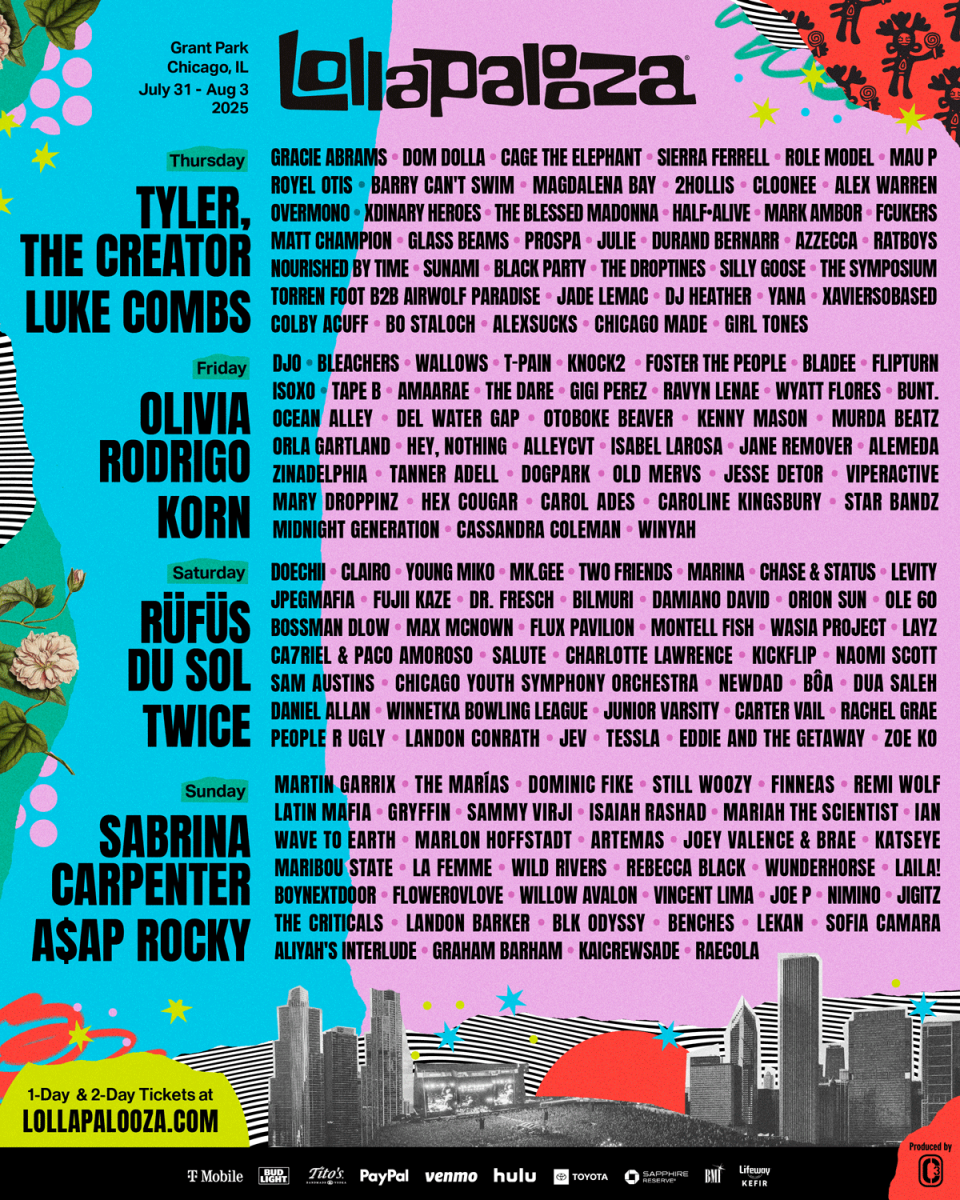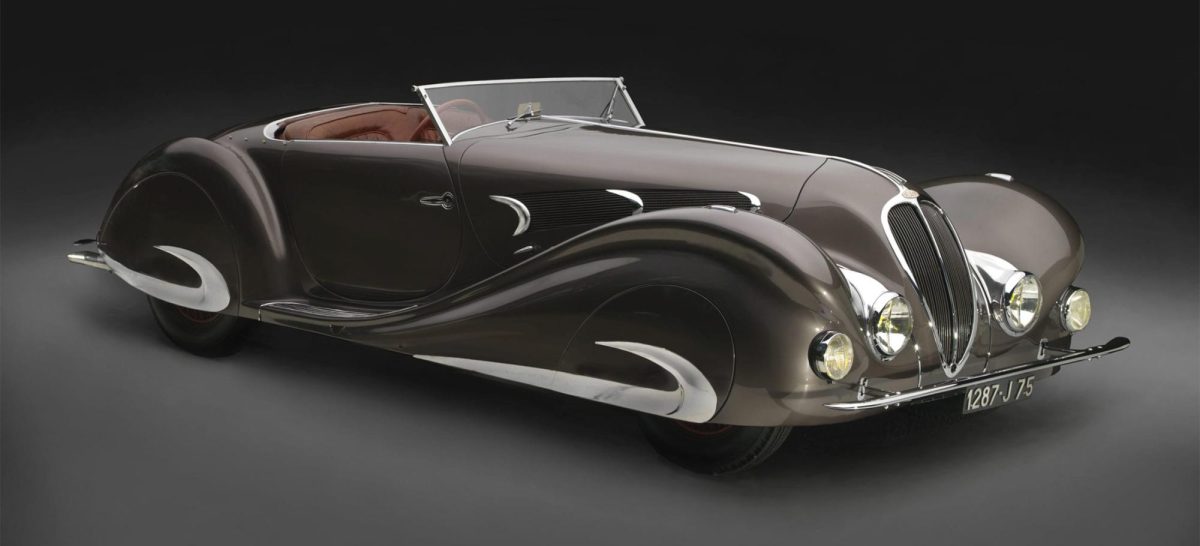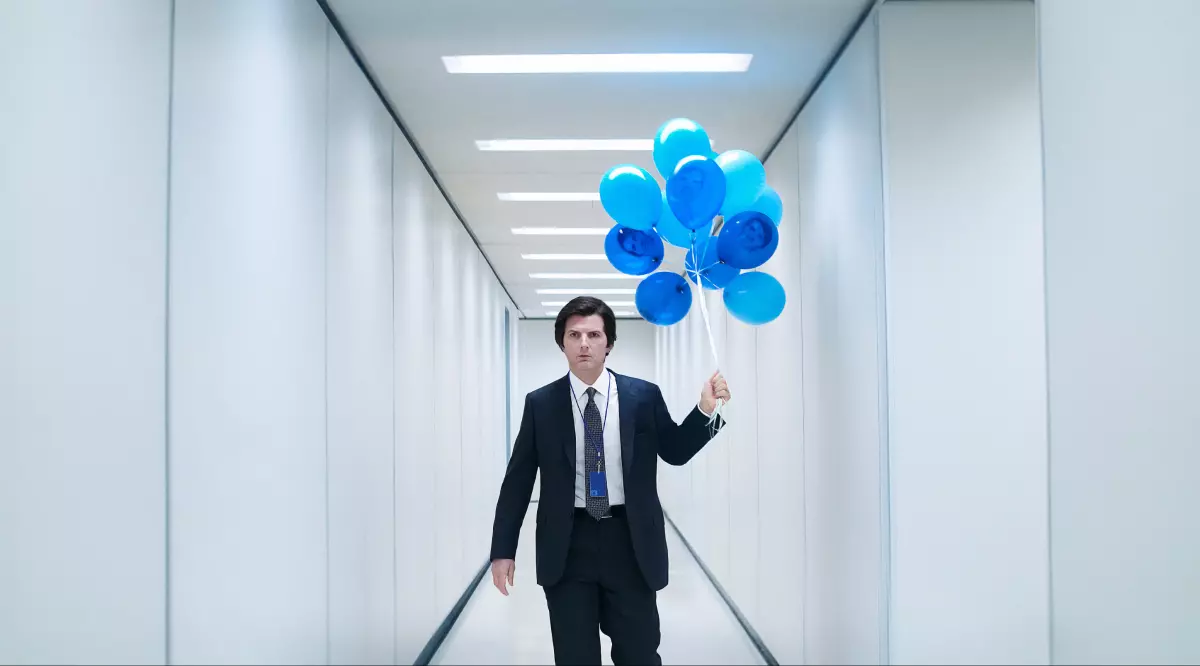In 1973, at a back-to-school dance bash in the Bronx, DJ Kool Herc spun two records on his table simultaneously. By using his skills as a turntablist to isolate percussion breaks, he was labeled as the founder of hip-hop. In 1979, “Rapper’s Delight” by the Sugarhill Gang was played on the East St. Louis radio station WESL, and the genre had officially made its way to the West.
Fifty years later, hip-hop has radically transformed popular music, and St. Louis has been integral in the development of both the genre, and the other artistic expressions which have formed around it. From its beginnings on the switchboards of the Roland TR-808, one of the first commercially available drum sequencers, to Lauryn Hill’s historic triumph at the Grammys in 1999, to surpassing rock as the most popular genre in America in 2018, hip-hop has undergone a meteoric rise. Yet, it has often struggled to gain legitimacy, as a primarily Black art form, in the eyes of a mainstream, white audience. “The Culture,” in the manner it showcases not just hip-hop, but also the culturally-ingrained artistic milieu which has surrounded it, successfully celebrates this heritage.
A collaboration between the Saint Louis Art Museum and the Baltimore Museum of Art, the exhibit features works by artists from both cities as well as a plethora of iconic items: fashion designed by Virgil Abloh, a replica of Chance the Rapper’s famous overalls from his “Coloring Book” press tour, and even a collection of wigs worn by Lil’ Kim.
Upon entrance to the ticketed gallery, one is immediately greeted by a large portrait of the famous 1998 photograph “A Great Day in Hip-Hop” (whose title is an homage to Art Kane’s portrait “A Great Day in Harlem”) featuring 177 figures in the NY scene, including: Fat Joe, Busta Rhymes, A Tribe Called Quest, Black Star and Pete Rock.
Immediately to the right is a painting, “With Strings Two,” by Jean-Michel Basquiat, whose work is being exhibited at SLAM for the first time. The gallery itself provides a comprehensive display of the art which is unique to hip-hop, including graffiti-influenced works and articles of the fashion which has graced artists throughout the years, while paying tribute to important figures through photographs and physical media displays.
However, there are works worth seeing outside of the ticketed gallery. In the main entrance area, there sits a large metal sculpture of a pair of Nike Air Force 1s, which became a national sneaker trend as a result of the St. Lunatics’ 2002 single of the same name, adorned with a Missouri and an Illinois license plate.
In addition to those exhibits, there are two video galleries which are free to the public: one which features a visual accompaniment to Jay-Z’s track “4:44,” made in part by heralded cinematographer Arthur Jafa, and another which displays, on dual screens, a juxtaposed film experience interspersed with music from Kendrick Lamar’s album “good kid, m.A.A.d city,” an apt creative choice which conveys the duality contained within the album’s themes.
The exhibit also makes a concentrated effort to showcase works by artists from the St. Louis area. Selam Negassi, a SLU art history student who recently visited the exhibit, said, “While the exhibition had some very interesting pop culture displays, I really enjoyed the variety of local artists featured. This city has an insane amount of talented people that don’t get enough credit for their skills, and this exhibition gave me an opportunity to see the work of artists I’ve never been exposed to before.”
With the showing of “The Culture,” SLAM has made a deliberate statement; hip-hop, and its adjacent avenues, constitute a true, and culturally significant, art form. To many, this celebration represents a welcome catharsis: a revelry in the beauty that Black culture has created.
For others, however, “The Culture” may offer an opportunity to gaze at hip-hop with an artistic lens for the first time, to reach out and grasp the single-most culturally significant genre of this century and, perhaps, begin to understand its true value in the modern world.
“The Culture” will be showing at the Saint Louis Art Museum until Jan. 1, 2024.




